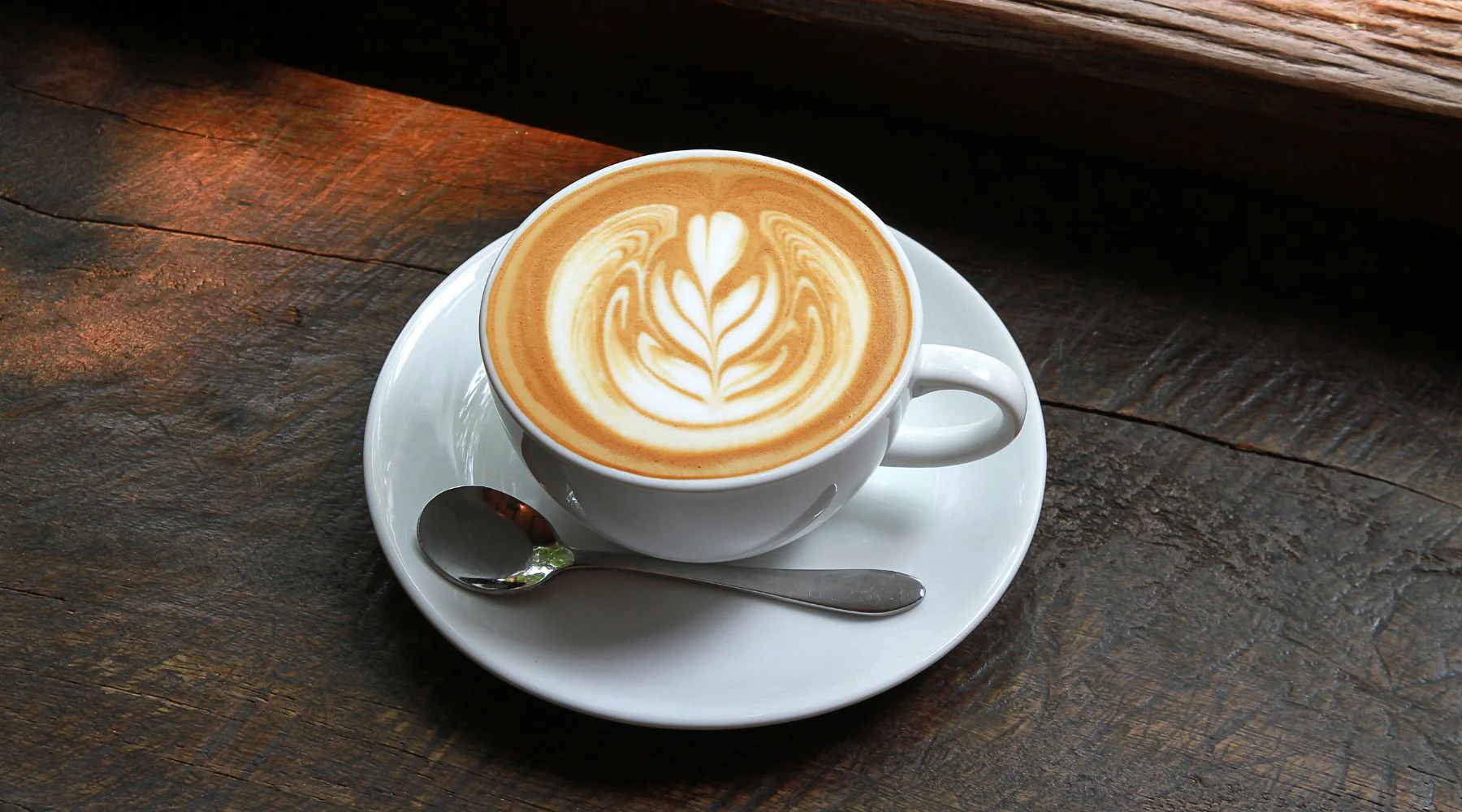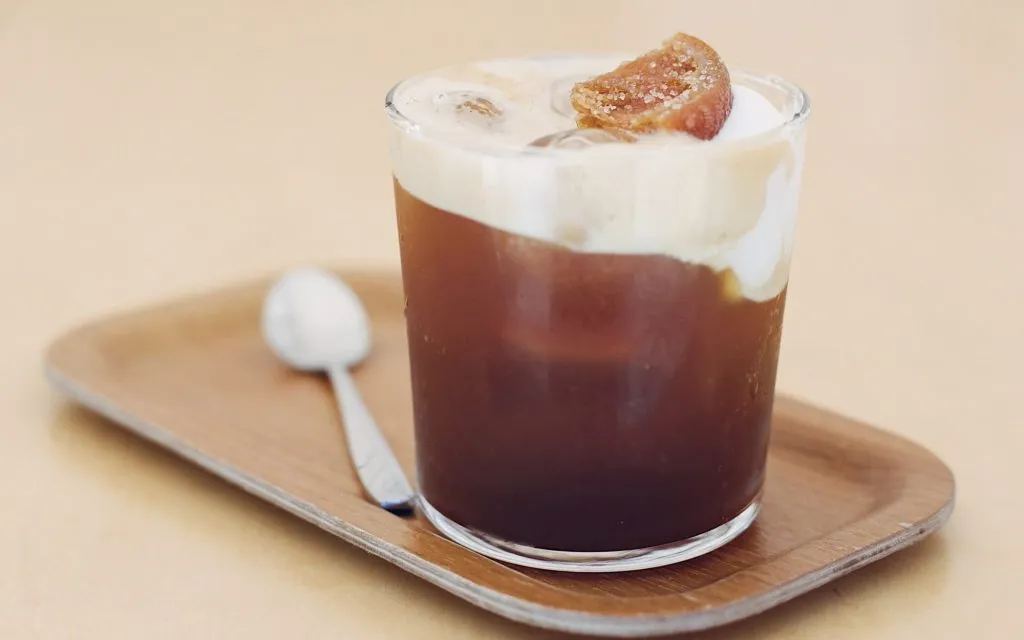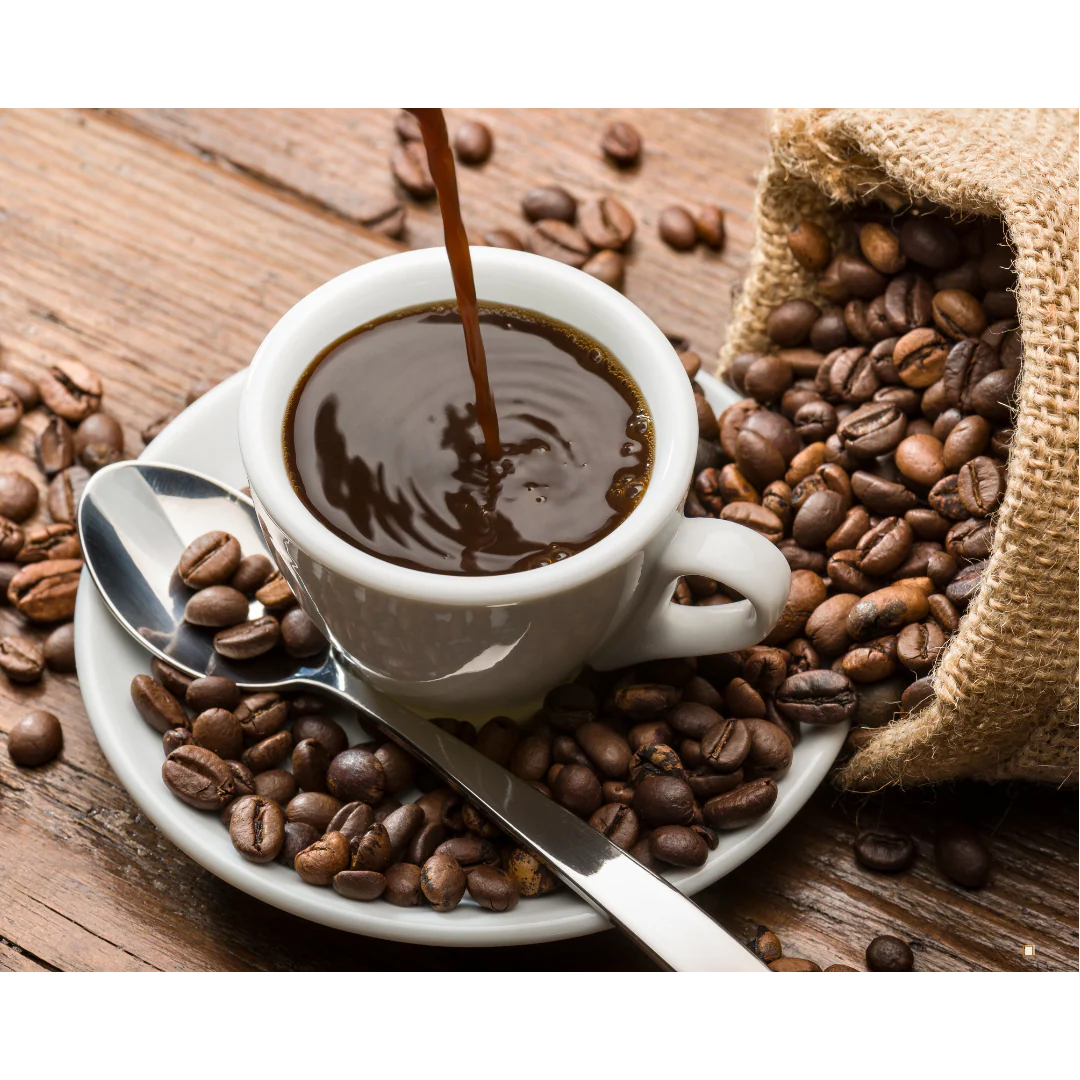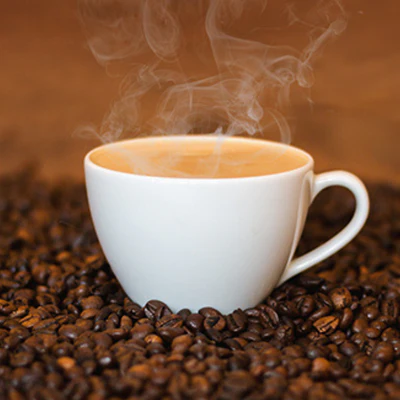
Latte art is the beautiful marriage of coffee and creativity, where steamed milk meets espresso to create stunning visual designs. While it may seem like magic, latte art is actually a skill that can be learned with practice, patience, and the right techniques. In this comprehensive guide, we'll walk you through everything you need to know to create beautiful latte art at home.
The Foundation: Perfect Espresso and Milk
Before you can create beautiful latte art, you need to master the basics: pulling a perfect shot of espresso and steaming milk to the right consistency. These are the building blocks that make latte art possible.
Perfect Espresso
Your espresso should have a rich, dark crema on top. This crema acts as the canvas for your latte art. To achieve this:
- Use freshly ground coffee beans (ground within 15 minutes of brewing)
- Ensure your espresso machine is properly heated
- Use the correct dose (usually 18-21 grams for a double shot)
- Extract for 25-30 seconds
- The crema should be thick and golden-brown
Steaming Milk to Perfection
The key to latte art is properly steamed milk with the right texture. You want microfoam—tiny, uniform bubbles that create a smooth, velvety texture.
Equipment Needed
- • Espresso machine with steam wand
- • Stainless steel milk pitcher
- • Thermometer (optional but helpful)
- • Fresh, cold whole milk
Milk Temperature
- • Target temperature: 140-155°F (60-68°C)
- • Too hot: milk becomes bitter
- • Too cold: foam won't hold
- • Test by touching the pitcher bottom
The Steaming Process: Step by Step
Purge the Steam Wand
Before steaming, purge the steam wand for 2-3 seconds to remove any condensed water. This ensures you're working with pure steam.
Position the Pitcher
Fill your pitcher with cold milk to about 1/3 full. Position the steam wand at a slight angle, just below the surface of the milk.
Create the Foam
Turn on the steam and listen for a gentle "chirping" sound. This indicates you're incorporating air into the milk. Continue until the milk reaches about 100°F (38°C).
Texture the Milk
Submerge the steam wand deeper and create a whirlpool motion. This breaks down larger bubbles and creates microfoam. Continue until the milk reaches 140-155°F (60-68°C).
Clean and Tap
Turn off the steam, clean the wand, and tap the pitcher on the counter to remove any large bubbles. Swirl the milk to ensure it's uniform.
Pro Tip: Milk Quality Matters
Whole milk (3.25% fat) works best for latte art because it creates the most stable foam. The fat content helps the bubbles hold their shape, while the protein content creates the structure. Avoid skim milk as it creates unstable foam, and be cautious with alternative milks as they may not steam as well.
Basic Latte Art Patterns
Now that you have perfect espresso and steamed milk, let's learn some basic latte art patterns. Start with simple designs and work your way up to more complex ones.
The Heart: Your First Design
The heart is the perfect starting point for latte art. It teaches you the fundamental pouring technique and helps you understand how milk flows into espresso.
Start High
Begin pouring from about 4-6 inches above the cup. This helps the milk sink below the crema and creates a solid base.
Fill the Cup
Pour in a circular motion, filling the cup to about 3/4 full. Keep the stream steady and consistent.
Lower and Pour
Lower the pitcher to about 1 inch above the surface and pour more slowly. This will make the white milk appear on top.
Create the Heart
Pour a small amount of milk in the center, then quickly pull the pitcher up and through the design to create the heart's point.
The Rosetta: Classic Elegance
The rosetta is a classic latte art pattern that resembles a fern or leaf. It's more complex than the heart but creates a beautiful, symmetrical design.
Technique
- • Start with the same high pour
- • Fill the cup to 3/4
- • Lower the pitcher and begin wiggling
- • Move from side to side in a gentle motion
- • Pull through the center to finish
Common Mistakes
- • Wiggling too fast or too slow
- • Not maintaining consistent flow
- • Stopping the wiggle too early
- • Pouring too much milk at once
The Tulip: Layered Beauty
The tulip is a more advanced pattern that involves layering multiple hearts or circles to create a flower-like design. It requires precise control and timing.
Base Layer
Create a large heart or circle as your base. This will be the bottom layer of your tulip.
Middle Layer
Pour a smaller heart or circle on top of the base, slightly overlapping. This creates the middle layer.
Top Layer
Add a final small heart or circle at the top to complete the tulip shape.
Pull Through
Finish by pulling the pitcher through the center to create the stem and complete the design.
Advanced Techniques
Once you've mastered the basics, you can explore more advanced techniques that will take your latte art to the next level.
Etching and Drawing
Etching involves using tools like toothpicks or latte art pens to draw designs on the surface of your latte. This technique allows for incredible detail and creativity.
Etching Tools and Tips:
- Tools: Toothpicks, latte art pens, small spoons, or even the tip of a knife
- Technique: Gently drag the tool through the foam to create lines and shapes
- Timing: Etch while the foam is still fresh and pliable
- Practice: Start with simple shapes like circles and lines before attempting complex designs
Multiple Colors and Layers
For truly impressive latte art, you can experiment with multiple colors and layers. This involves using different types of milk, syrups, or even food coloring to create vibrant designs.
Troubleshooting Common Issues
Designs Not Appearing
Usually caused by:
- Milk not properly steamed
- Pouring too high
- Espresso crema too thin
- Milk temperature too low
Designs Too Blurry
Usually caused by:
- Pouring too slowly
- Milk too hot
- Large bubbles in foam
- Inconsistent flow
Practice Makes Perfect
Latte art is a skill that requires consistent practice. Don't get discouraged if your first attempts don't look perfect. Even professional baristas practice regularly to maintain their skills.
Practice Tips for Success
- • Practice with water and dish soap first to get the pouring motion right
- • Record your practice sessions to review your technique
- • Start with simple designs and gradually increase complexity
- • Practice at the same time each day to build muscle memory
- • Don't be afraid to experiment and try new techniques
- • Join latte art communities online to share and learn from others
Remember, latte art is not just about creating beautiful designs—it's about enhancing the coffee experience. The process of creating latte art forces you to focus on the quality of your espresso and milk, which ultimately results in a better-tasting drink. So take your time, practice regularly, and enjoy the journey of becoming a latte art master.
About the Author: David Chen is our Head Barista & Trainer at Yeti Coffee Bar. With 10 years of experience and multiple latte art competition wins, David is passionate about teaching others the art of coffee and helping baristas develop their skills.


